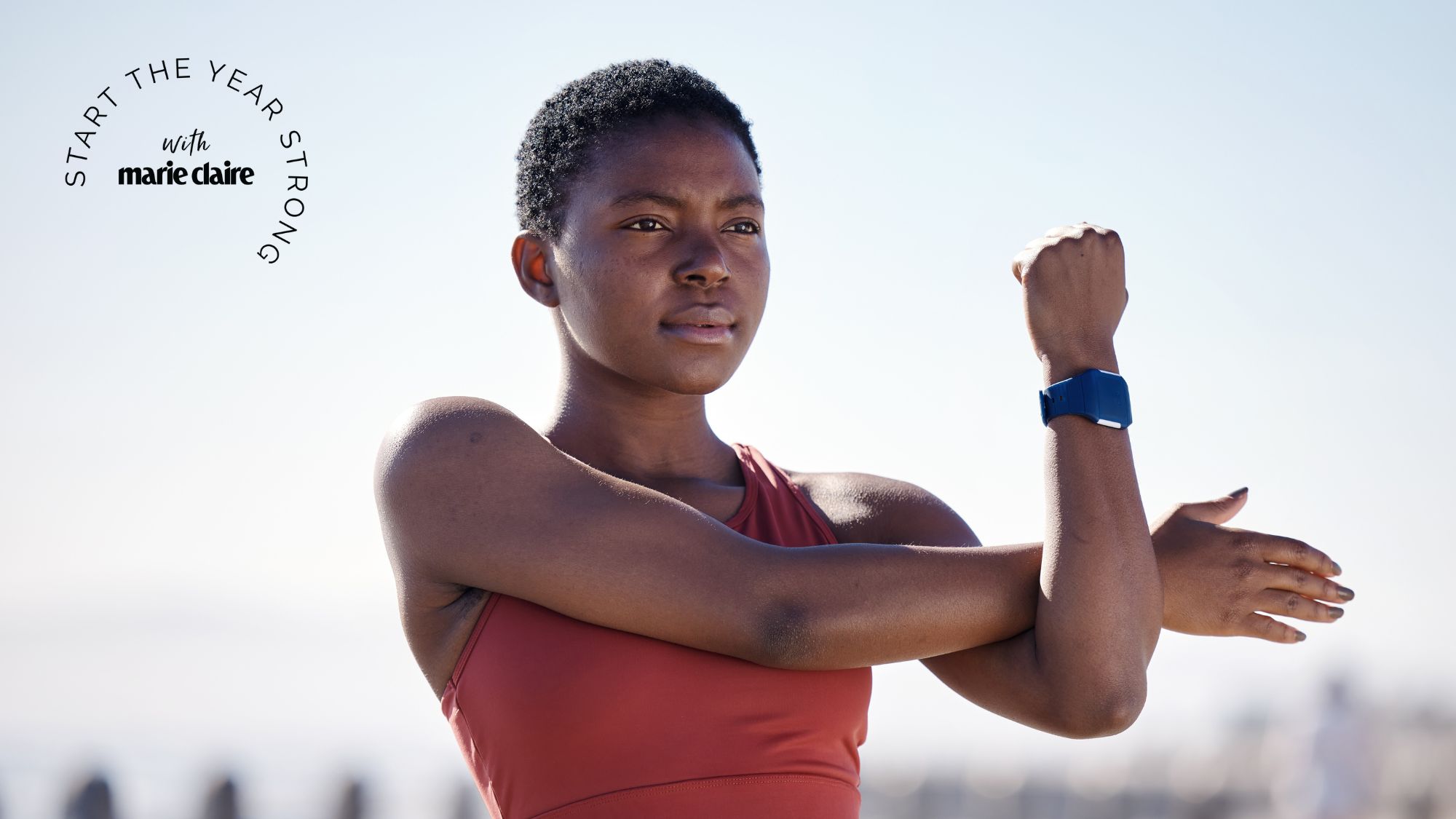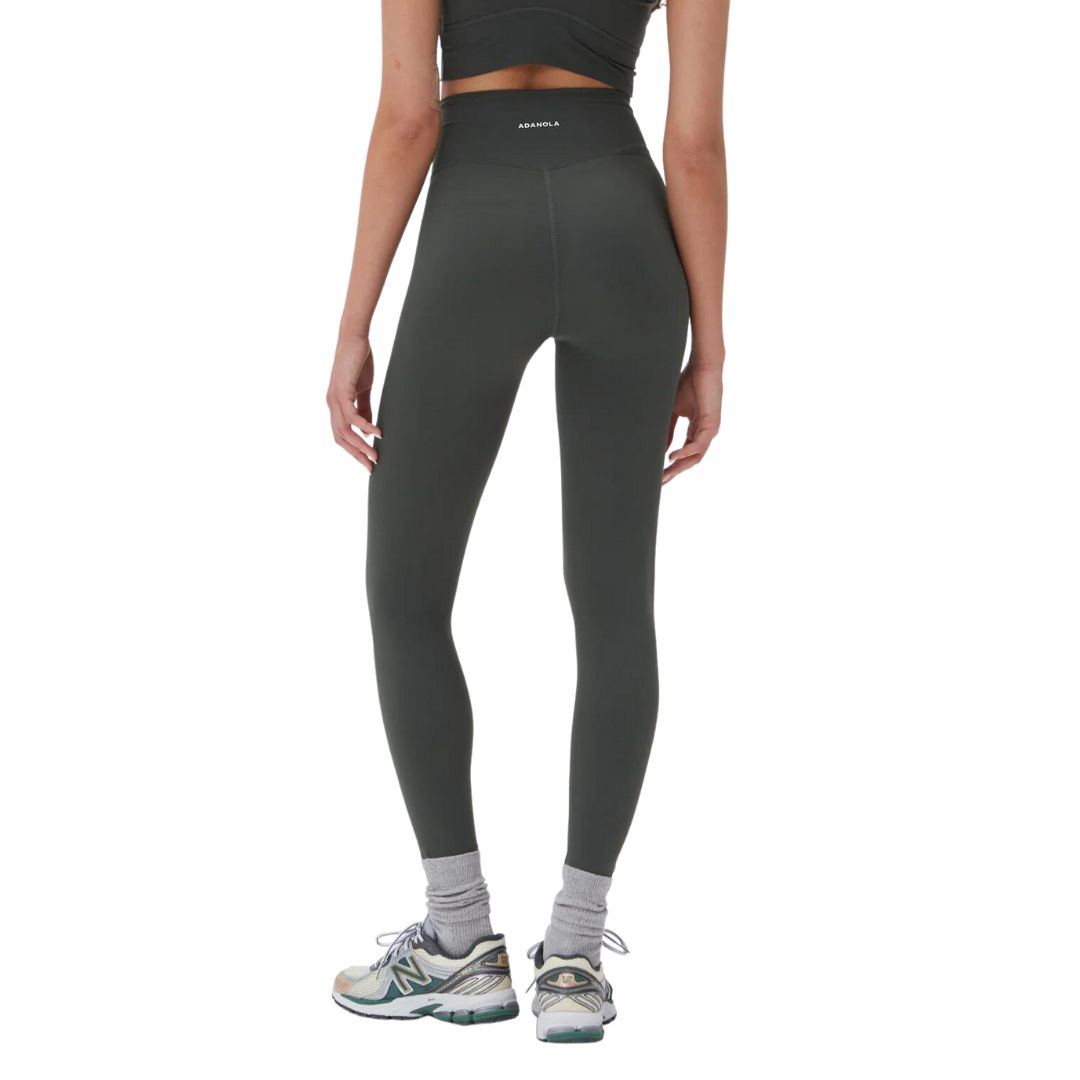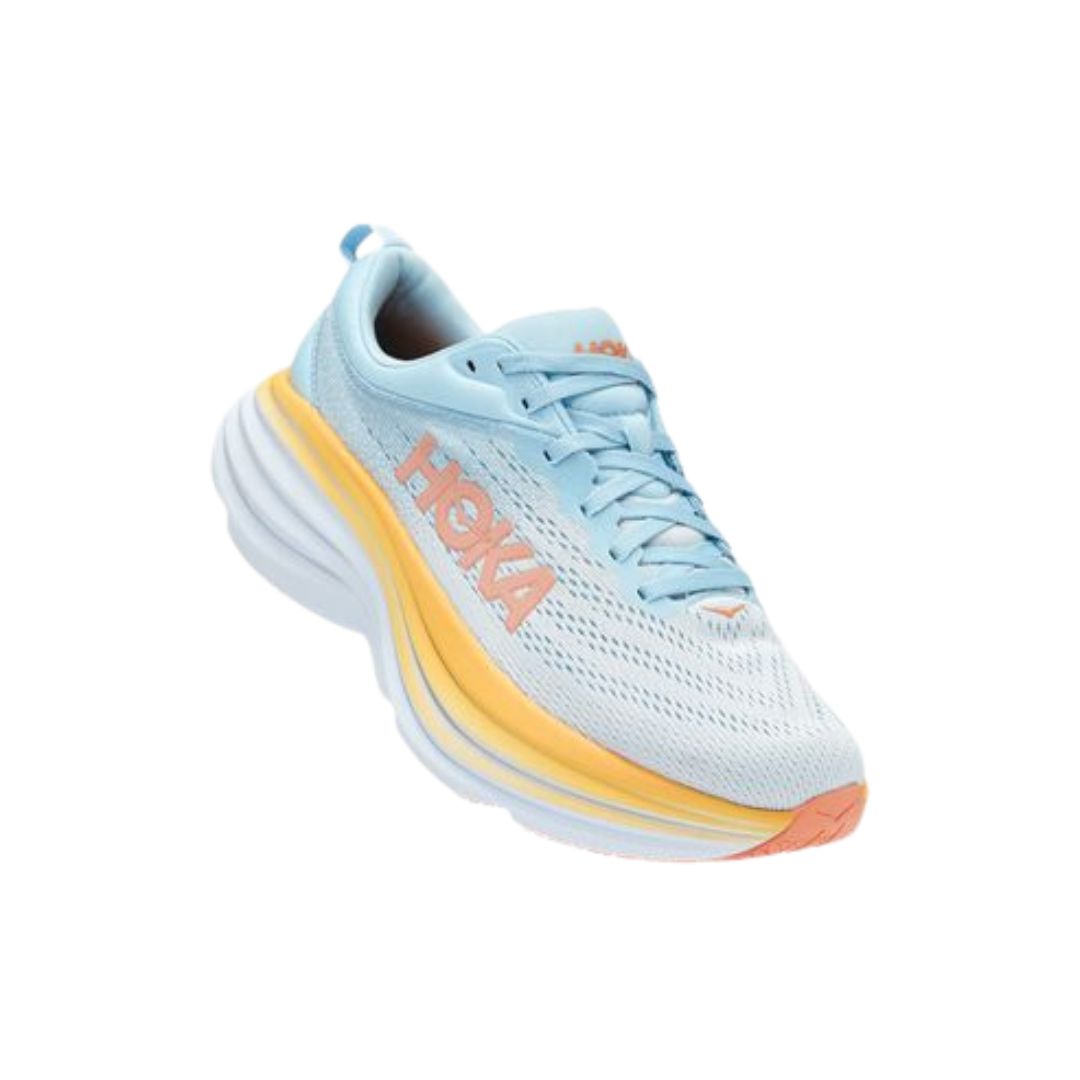A PT who teaches workout classes for a living confirms: 8 best bodyweight exercises for toning and strengthening your arms


There are many things you shouldn’t try at home (questionable workouts created by influencers intent on achieving virality among them), but upper-body training isn’t one. Because, while it’s true you may get more bang for your buck doing bicep exercises and tricep exercises with weights in the gym, there are still loads of effective upper body bodyweight exercises you can do from literally anywhere (your living room included).
Upper body training is so important, in part, because of our largely sedentary lifestyles. Years of desk work are harming our posture, and research proves it. One study from the British Chiropractic Association in 2019 found that 45% of people who've experienced back or neck pain recognise sitting for long periods of time as a trigger. That's where strength training comes in, proven to help prevent and address pain caused by prolonged poor posture.
If you’re new to specifically targeted upper body moves, shoulder exercises or back exercises, doing body weight exercises at home is a great way to ease yourself in and get comfortable with movement patterns. Not to mention it's ideal for those frosty days when you’d rather workout at home in your PJs than venture out to the gym.
Unsure where to start? Then you’re in the right place. Here, Fiit personal trainer Alice Ferreira shares everything you need to know about doing upper body bodyweight exercises at home, including eight to do in your next session. Try them sans equipment, and introduce resistance band exercises and dumbbells when you’re ready to increase the challenge.
Prefer to workout in the gym with weights or have your own weights at home? Don't miss top expert's guides to the best dumbbell exercises and kettlebell exercises, while you're here.
Upper body bodyweight exercises – everything you need to know
What is an upper body bodyweight exercise?
Technically, Ferreira says, an upper body exercise refers to training anything above the hips, including your trunk and core. “It’s crucial to emphasise that the core serves as the fundamental support for all movements. There are no healthy shoulders without a solid core,” she says.
Muscles in the upper body are categorised into two main groups for training: the anterior (front body) and posterior (back body) muscles.
Celebrity news, beauty, fashion advice, and fascinating features, delivered straight to your inbox!
- Anterior muscles
- Posterior muscles.
“Anterior muscles play a vital role in movements such as pushing, lifting and flexion,” Ferreira explains. “Posterior muscles are crucial for movements like pulling, stabilising and rotational movements.”
Upper body bodyweight exercises utilise the body’s own weight to create resistance, in place of free weights or machines.
Why are upper body bodyweight exercises effective?
Ferreira cites the technological boom as making upper-body training more important than ever. “Today, almost 40% of individuals find themselves working at desks for a considerable portion of their day.” she says. “This sedentary lifestyle often leads to the development of a Kyphotic-like posture, which is characterised by a severe curvature at the top of the spine and the forward positioning of the chin and neck, often leaning towards a screen.”
This posture, held over a prolonged period, causes the shortening and tightening of your pectoral muscles (pecs), and lengthening of the musculature around the thoracic and upper thoracic spine. “The mid-traps and rhomboids, responsible for the retraction of the shoulder blades and maintenance of good posture, tend to become lengthened and dormant,” Ferreira explains.
For those with desk-based jobs and generally sedentary lifestyles, Ferreira advises weekly upper-body training, with a specific emphasis on improving the performance of the upper posterior chain (the top half of the back). “This supports in offsetting the effects of prolonged hours at the desk,” she says.
Can you build muscle with bodyweight?
Although it’s arguably easier to achieve progressive overload in a gym, where a vast array of weights can continuously increase the challenge of upper-body exercises, bodyweight training remains incredibly effective. It’s also more accessible to many than lifting in a gym.
“First of all, it’s the most accessible and affordable form of exercise,” Ferreira says. “Requiring no specialised equipment, it costs you nothing to perform effective exercises.” It’s also a convenient option for anyone with busy schedules, cutting out the commute to and from the gym, and those who simply prefer to workout at home.
“Not only that, bodyweight exercises offer a high degree of adaptability,” Ferreira explains. “You can easily modify the difficulty of an exercise to match your fitness level. For instance, you can progress from a kneeling plank to a more challenging high-plank as you become stronger.” Similarly, it’s easy to simplify challenging exercises, too. Raising your upper-body by positioning your palms on a step or against a wall when doing push-ups, for example, reduces the resistance and therefore challenge level.
“Bodyweight training also tends to engage slow-twitch muscle fibres in the body, which are responsible for endurance,” says Ferreira. “This "gain" has a plethora of transferable benefits when enjoying other sports such as swimming, rowing or even weightlifting and will only help improve your overall health, wellbeing, and performance in other sports."
How can I build my upper body strength from nothing?
The best way to form a new habit is to make it as easy as possible (habit stacking, at the ready). So, if you’re new to upper-body training specifically, consider the very small steps you can take to make it a part of your regular routine.
Perhaps that looks like starting with short, ten to fifteen-minute exercise snacking sessions that slot into your day easily. It could also involve training with a friend, or tagging a couple of upper body bodyweight exercises on at the end of another session to help you build momentum.
“Remember, right now, you just want to get the ball rolling and build the habit,” says Ferreira. “All you really need to do is start.”
8 PT-approved upper body bodyweight exercises
1. Side plank with abduction
What? A side plank with abduction is an exercise, Ferreira says, gives you great bang for your buck.
Why? "You’re not only going to feel the fire in your shoulders, but you get huge oblique engagement as well as optional recruitment of the inner thigh and hip stabilisers," explains the trainer.
How long? Aim for 45 to 60 seconds, for three sets.
2. Body saw
What? A body saw will challenge even the fittest of you, and is a great home burner for engaging and working your lower core.
Why? "I love performing this in slow motion for huge recruitment of the lower abdominals – a muscle group even the most fit athletes struggle to engage," says Ferreira.
How long? Aim for 45 to 60 seconds for three sets.
3. Tricep dips
What? A firm favourite across the board with MC UK experts, tricep dips work your triceps, of course, but also your pecs and shoulders.
Why? Tricep dips, Ferreira says, are a humble but challenging exercise for all levels. "Just extend the legs straight if you’re advanced," she says.
How long? Aim for ten to twelve reps for three rounds.
4. Pike push-up
What? Pike push-ups are a variation on the humble push-up that targets your shoulders, triceps, and upper back muscles using only your bodyweight.
Why? "These are incredible for stimulating vertical push – which is incredibly hard to do bodyweight alone," says Ferreira. "Pike push-ups help to build transferable strength for handstands and push-ups, and they work the shoulder on an angle we generally neglect."
How long? Aim for ten to twelve reps for three sets.
5. Bear crawl
What? A simple to do yet effective full-body move that - yep, you guessed it, involves a crawl.
Why? The bear crawl works your transverse abdominis (deep core), hip stabilisers, quads, shoulders, arms, and more. "The slower the better," Ferreira says. "And, if you want a challenge, try this in the gym with a light plate on your lower back."
How long? Aim for 45 to 60 seconds for three sets.
6. Extended plank
What? This variation on a traditional plank is not for the faint-hearted but is a great option to work towards if you're a beginner or new to working out.
Why? "This is by far the most advanced plank variation," says Ferreira. "It requires a huge amount of shoulder stability, core strength, and glute activation to perform correctly. If you can master this, you can do anything."
Not sure an extended plank is for you? A standard plank, with your shoulders aligned over your wrists.
How long? Aim for 45 to 60 seconds for three rounds.
7. Prone YTW
What? Don't be fooled by this one - while prone YTW's look like a fairly easy-to-do move, you'll feel the burn in no time.
Why? "This exercise is incredible for improving overall shoulder health and recruiting those shoulder retraction muscles we discussed before," says Ferreira. "For a challenge: raise your back and then add a three-second squeeze or hold at the top of each letter contraction for one minute."
How long? Aim for 45 to 60 seconds for three sets.
8. Tricep pop-ups
What? A push-up variation that, again, isn't for the faint-hearted, so don't be disheartened if you can't do this level-up.
Why? This, Ferreira says, is her favourite push-up variation. "These are seriously advanced – so great for those up for a challenge. For those who aren’t quite ready for these, keep the knees down and alternate arms."
How long? Aim for ten to twelve reps for three sets.
Shop MC UK's go-to workout kit now:
How can I build my upper body without weights?
Short answer: with consistent, targeted training that works the slow-twitch muscle fibres in your body. These are responsible for endurance and will lead to a whole load of other gains, including improved overall health, wellbeing, and performance.
Compound moves are widely regarded as the best exercises to go for, but Fiit personal trainer Alice Ferreira's favourite bodyweight upper body moves include tricep dips, push-ups, and planks.

Abbi Henderson is a freelance journalist and social media editor who covers health, fitness, women’s sport and lifestyle for titles including Women's Health and Stylist, among others.
With a desire to help make healthcare, exercise and sport more accessible to women, she writes about everything from the realities of seeking medical support as a woman to those of being a female athlete fighting for equality.
When she’s not working, she’s drinking tea, going on seaside walks, lifting weights, watching football, and probably cooking something pasta-based.









